 Share This List
Share This List
The universe is everything in space and time, including planets, stars, and galaxies, and a galaxy is a bunch of stars and space stuff in space. Scientists think there are about 100 billion galaxies in the universe and some of them are named after stories, animals, or their shapes. They come in different shapes and sizes.
From spiral galaxies to ellipticals, we will list the diverse array of Named galaxies in the Universe and explain each with its unique characteristics and mysteries.
1. Andromeda Galaxy
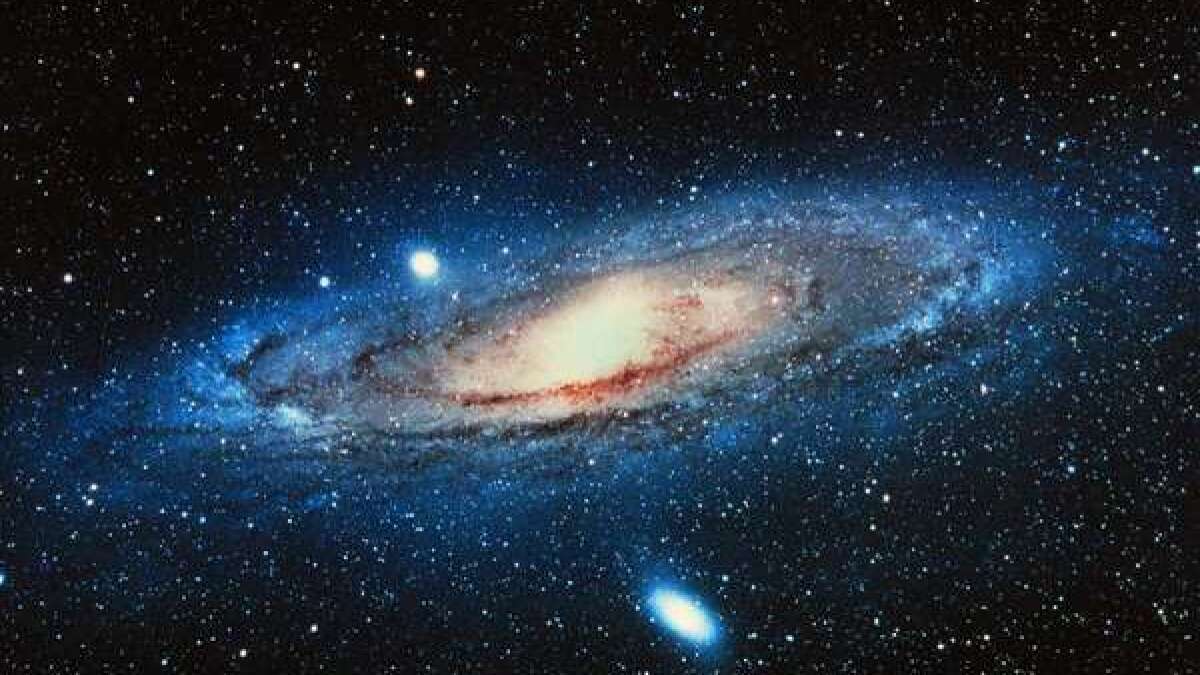
Named after the mythical princess in Greek mythology, Andromeda is our closest big neighbor galaxy, a spiral island of stars. It’s famous because it’s the biggest galaxy next to our Milky Way and might collide with it in the future.
- Type of Galaxy: Spiral
- Constellation: Andromeda
- Distance from Milky Way: 2.537 million light-years
- Size: 220,000 light-years across
2. Milky Way Galaxy

Our home galaxy, the Milky Way, is a spiral galaxy filled with billions of stars, including our Sun and solar system.
It appears like a milky band of light in the night sky and it’s the reason for its name. But few people believe that it is also named after the goddess Hera from a Greek mythological story.
It’s famous because it’s where we live, and it hosts our solar system and countless other stars and planets.
- Type of Galaxy: Spiral
- Constellation: N/A (we’re inside it)
- Distance from Milky Way: N/A
- Size: 100,000-120,000 light-years across
Related post: List of Planets in Our Solar System
3. Triangulum Galaxy
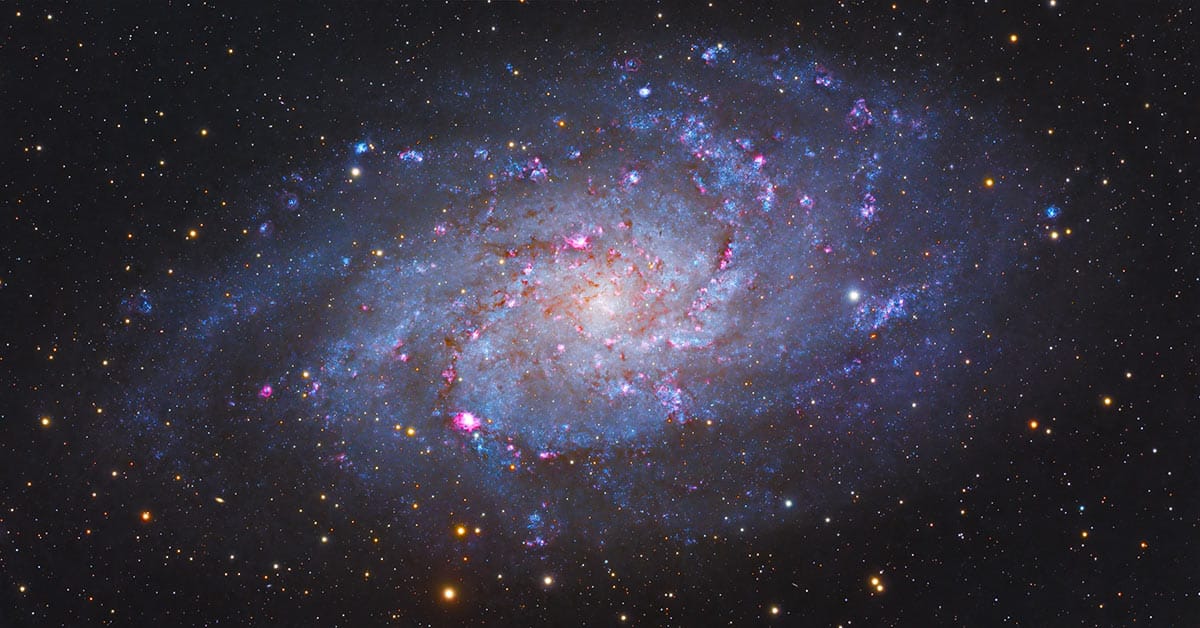
The Triangulum Galaxy is a smaller spiral galaxy near Andromeda. It’s famous for being one of the three big galaxies in our Local Group and for its bright star clusters.
- Type of Galaxy: Spiral
- Constellation: Triangulum
- Distance from Milky Way: 2.723 million light-years
- Size: 50,000 light-years across
4. Whirlpool Galaxy
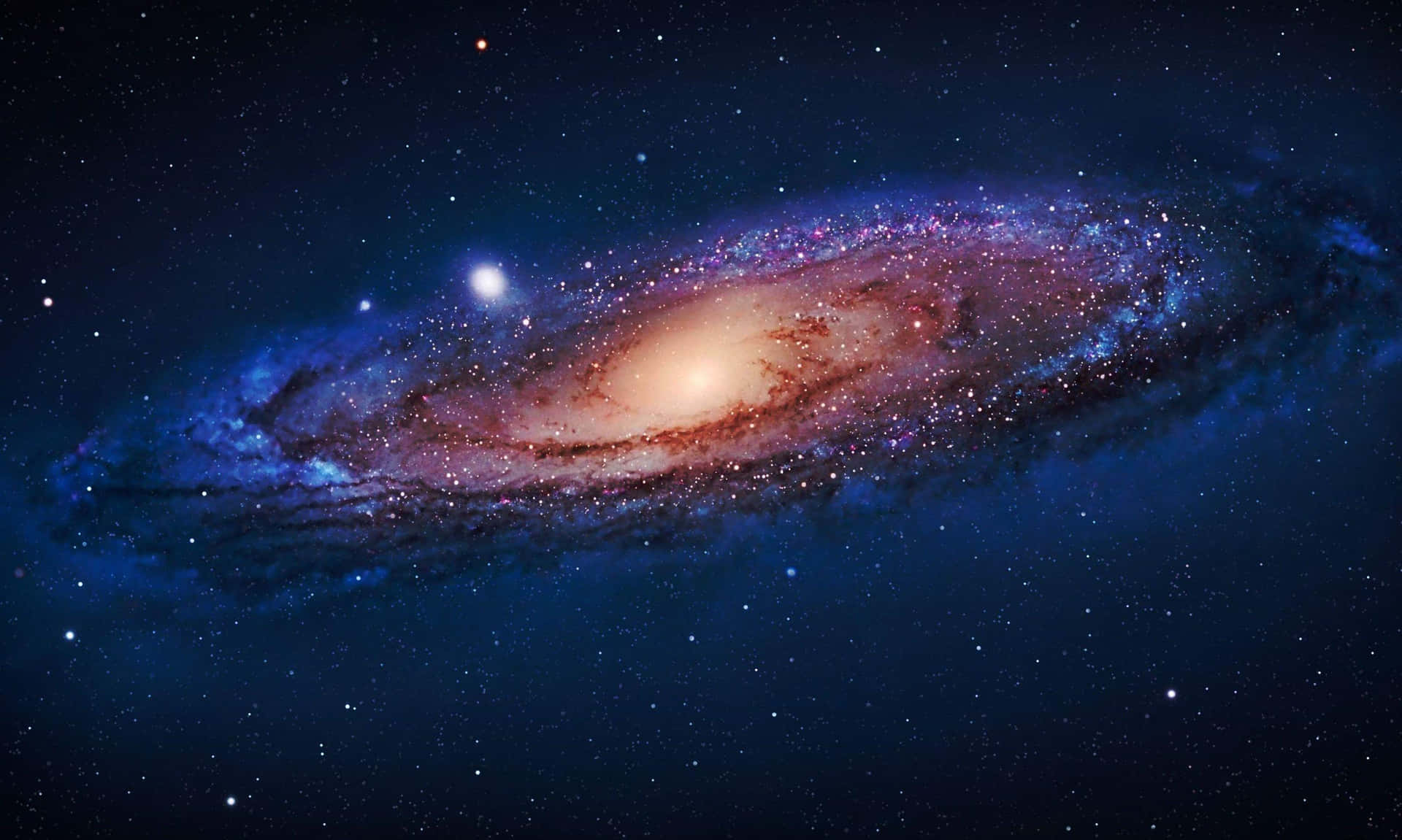
Named because of its swirling structure, Whirlpool Galaxy is a spiral galaxy known for its classic spiral structure and its companion galaxy, NGC 5195. It’s famous for its striking appearance and as a target for amateur astronomers.
- Type of Galaxy: Spiral
- Constellation: Canes Venatici
- Distance from Milky Way: 31 million light-years
- Size: 60,000 light-years across
5. Sombrero Galaxy

The Sombrero Galaxy is an unusual spiral galaxy with a prominent bulge and a dark band of dust resembling a sombrero hat. It looks like a broad-rim and high-topped Mexican hat. It’s famous for its distinctive appearance and as a popular target for amateur astronomers.
- Type of Galaxy: Spiral
- Constellation: Virgo
- Distance from Milky Way: 28 million light-years
- Size: 50,000 light-years across
6. Large Magellanic Cloud
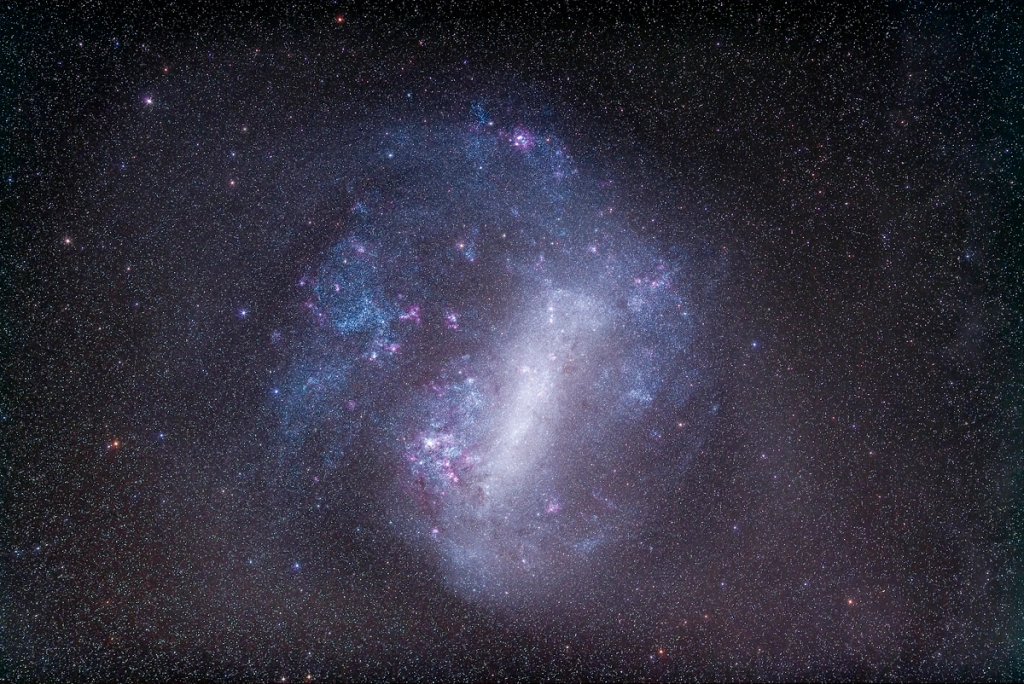
The Large Magellanic Cloud is a dwarf galaxy close to our Milky Way. It’s famous for its active star-forming regions and for being one of the Milky Way’s satellite galaxies. Both these galaxies named after Portuguese navigator Ferdinand Magellan
- Type of Galaxy: Irregular
- Constellation: Dorado
- Distance from Milky Way: 158,200 light-years
- Size: 14,000 light-years across
7. Small Magellanic Cloud

The Small Magellanic Cloud is another dwarf galaxy near the Milky Way. It’s famous for its irregular shape and for being gravitationally bound to the Large Magellanic Cloud.
- Type of Galaxy: Irregular
- Constellation: Tucana
- Distance from Milky Way: 197,000 light-years
- Size: 7,000 light-years across
8. Andromeda II
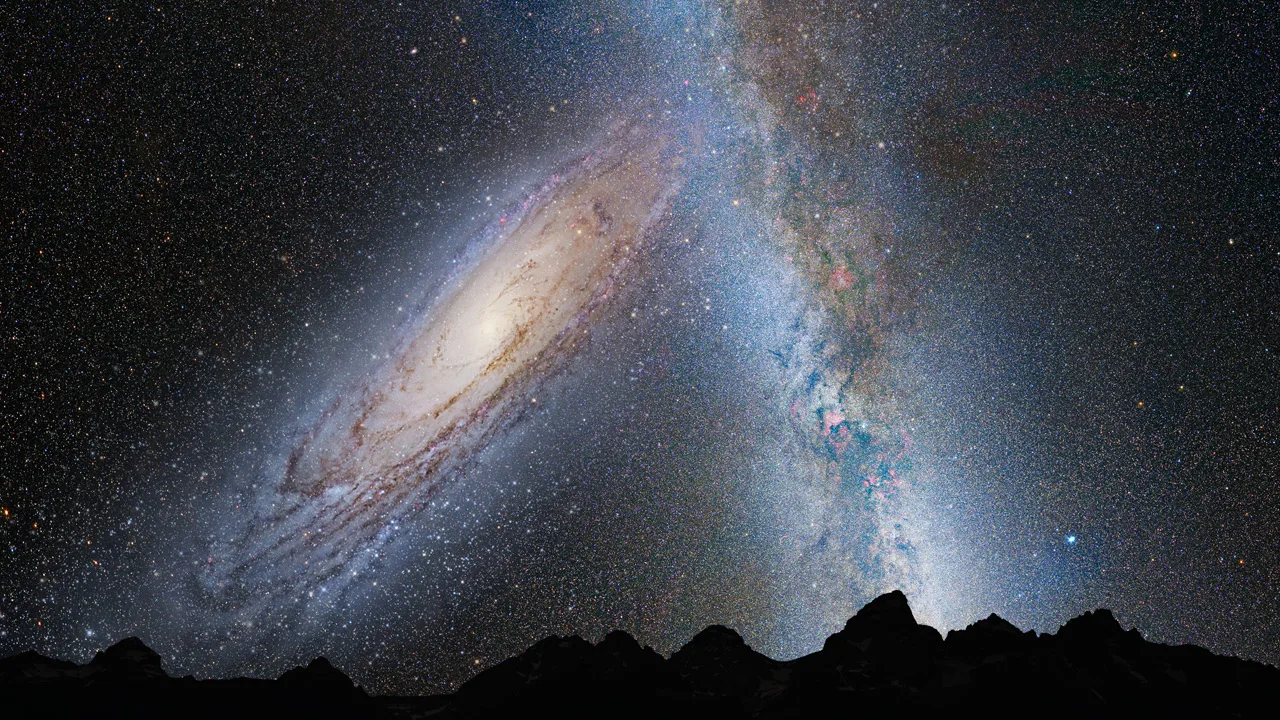
Andromeda II is a dwarf spheroidal galaxy in the constellation of Andromeda. It’s famous for being one of the satellite galaxies of the Andromeda Galaxy.
- Type of Galaxy: Dwarf Spheroidal
- Constellation: Andromeda
- Distance from Milky Way: 2.537 million light-years
- Size: 3,500 light-years across
9. Bode’s Galaxy (M81)
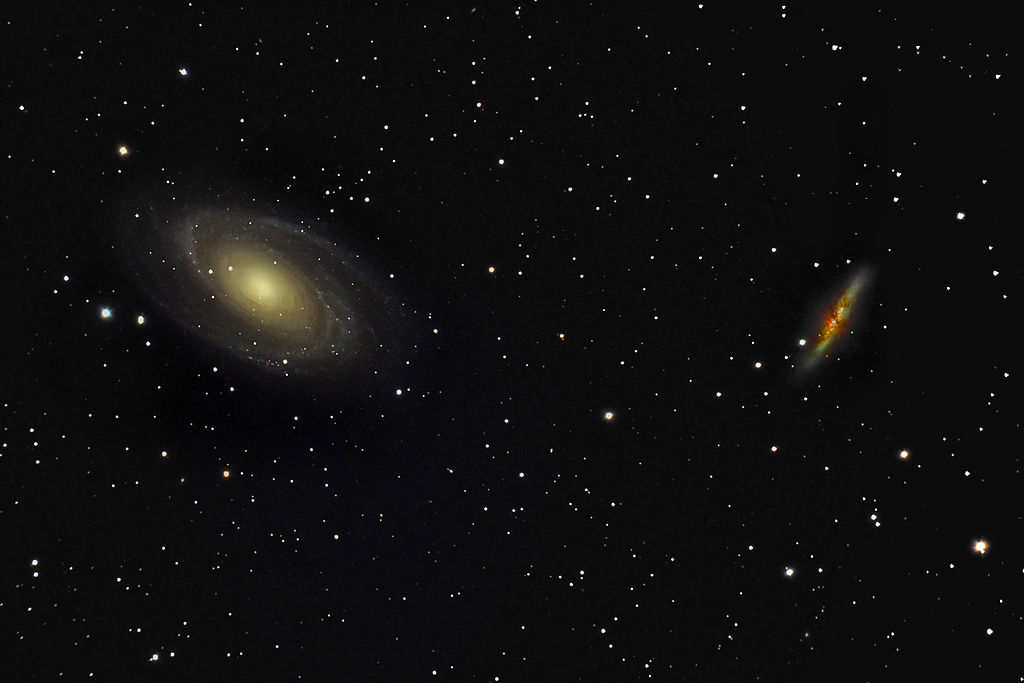
Discovered by Johann Elert Bode, Bode’s Galaxy, or Messier 81, is a spiral galaxy in the Ursa Major constellation. It’s famous for its active galactic nucleus and its interaction with its companion galaxy, NGC 3077.
- Type of Galaxy: Spiral
- Constellation: Ursa Major
- Distance from Milky Way: 11.8 million light-years
- Size: 90,000 light-years across
10. Cigar Galaxy (M82)

The Cigar Galaxy, also known as Messier 82, is a starburst galaxy in the Ursa Major constellation. It’s famous for its high rate of star formation and its intense outflow of gas and dust.
- Type of Galaxy: Irregular
- Constellation: Ursa Major
- Distance from Milky Way: 12 million light-years
- Size: 37,000 light-years across
Conclusion
Each galaxy in this Universe offers a glimpse into the breathtaking beauty and complexity of our universe. Join us again as we continue our voyage through the cosmos, unraveling the mysteries of the stars and galaxies that dot the vast expanse of space.

Passionate blogger and content aficionado with a flair for crafting compelling narratives. Specializing in content writing, content marketing, and SEO optimization, I transform ideas into engaging stories. Ready to elevate your online presence? Let’s collaborate for stellar SEO and marketing results!
